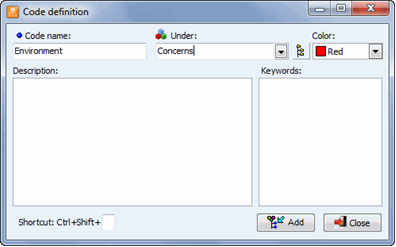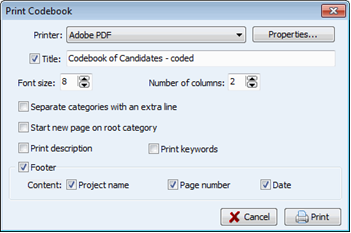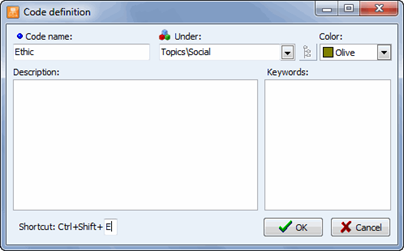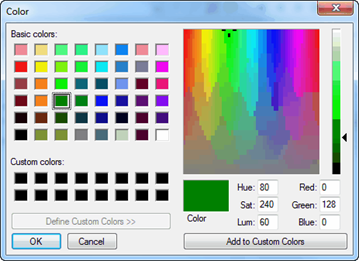Using Software in Qualitative Research
A Step-by-Step Guide
Chapters 7, 8 & 9 – Coding (QDA Miner)
Chapters 7, 8 and 9 discuss coding, coding schemes and coded retrieval as key tools of qualitative analysis. We discuss the terminology and philosophies which underpin coding processes. Specific methodologies use particular routines when coding. More general thematic analyses or less code-based methods may use coding devices in ways which include data reduction strategies, indexing and marking data. The structures of coding schemes, alternate groupings and basic retrieval mechanisms are key to moving forward with analysis. See all coloured illustrations (from the book) of software tasks and functions, numbered in chapter order.
Sections included in the chapter:
Inductive, deductive and abductive approaches
Theoretical coding
Grounded Theory
Visual data, coding directly or via a transcript
Retrieval
Filtering devices
Horizontal or Vertical cuts
Moving on
Quantitative overviews
Hierarchical and non-hierarchical coding schemes
How to escape the structures of your coding scheme
Sets and alternative grouping mechanisms
If you need reminding on how to create codes and your coding frame click here.






